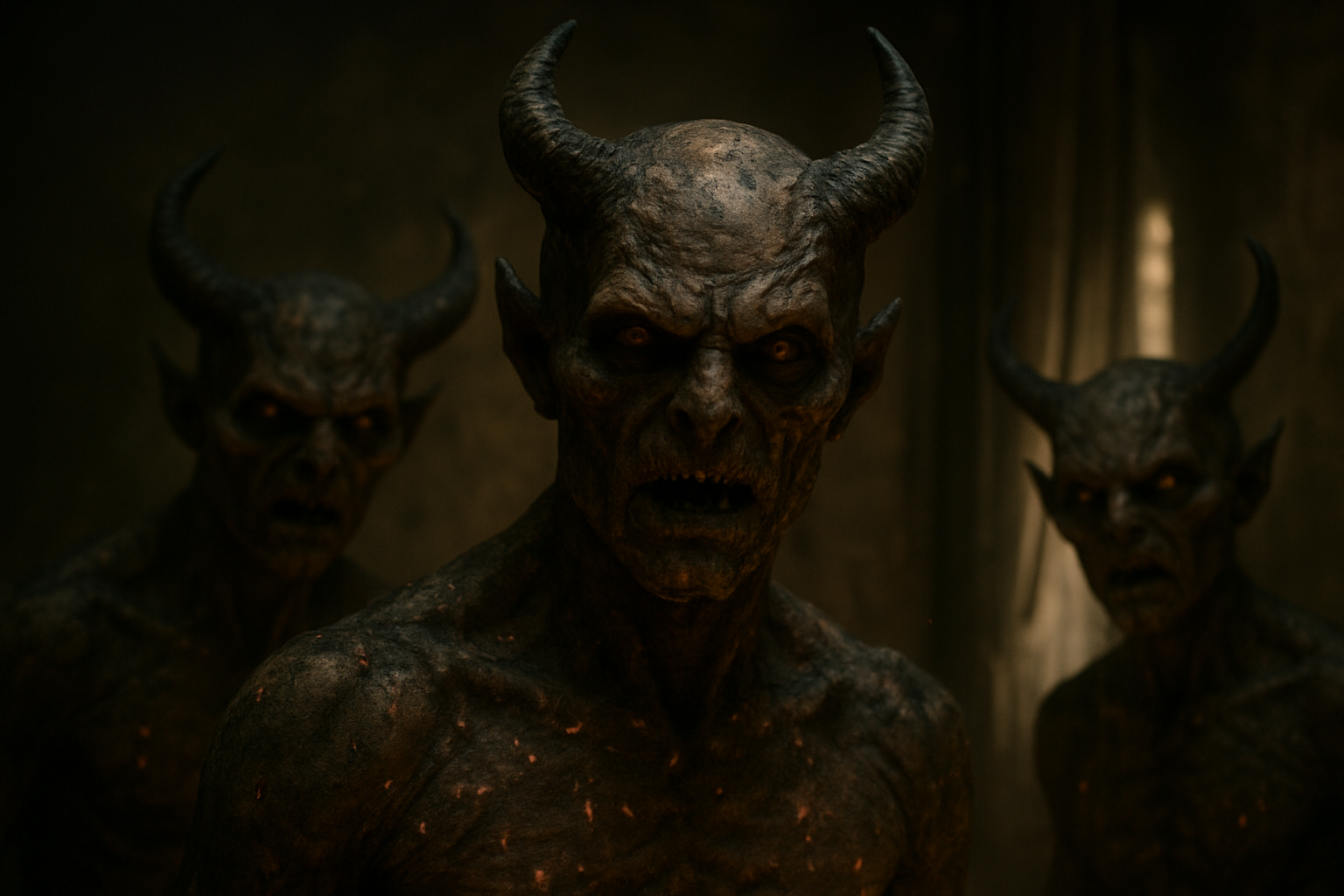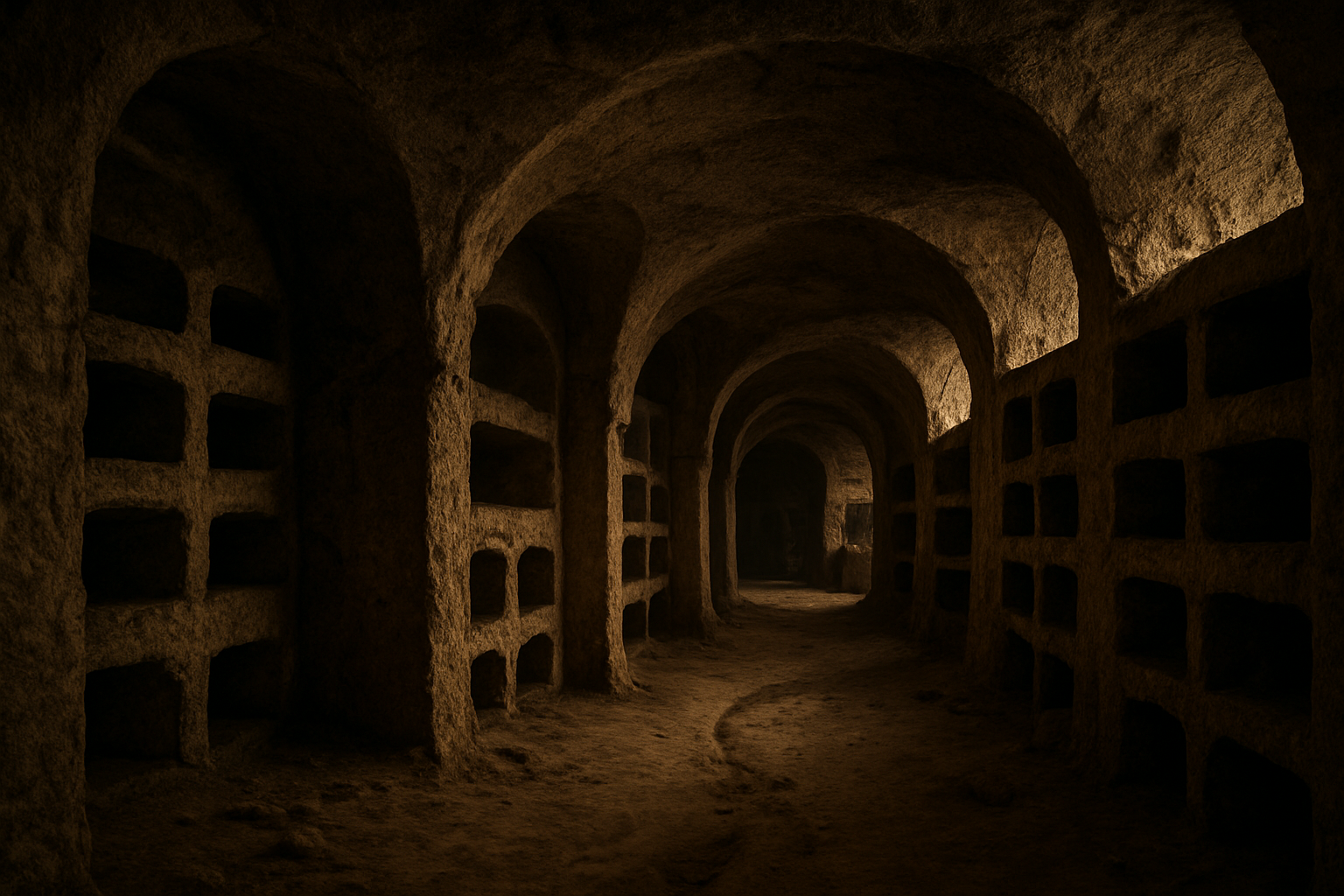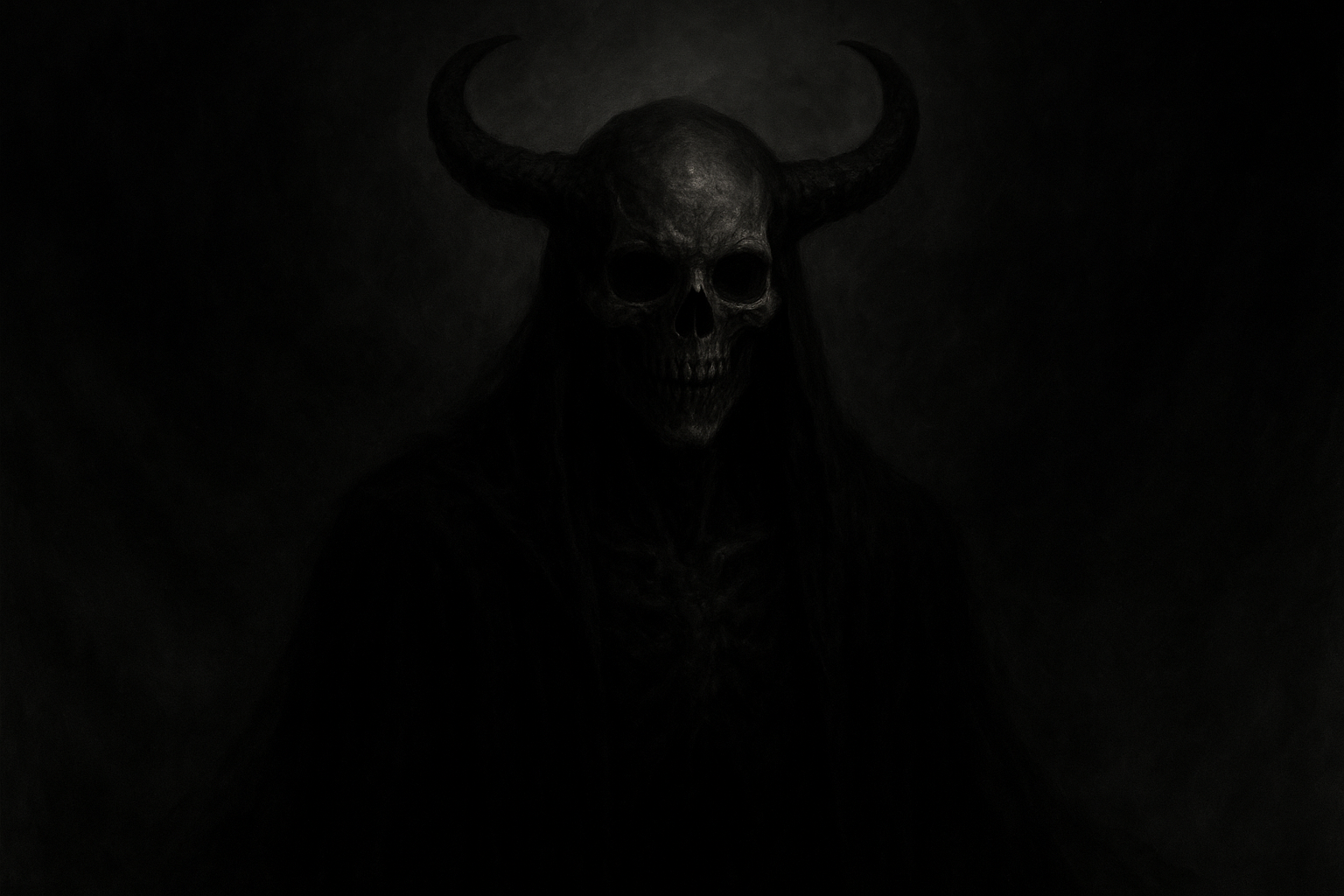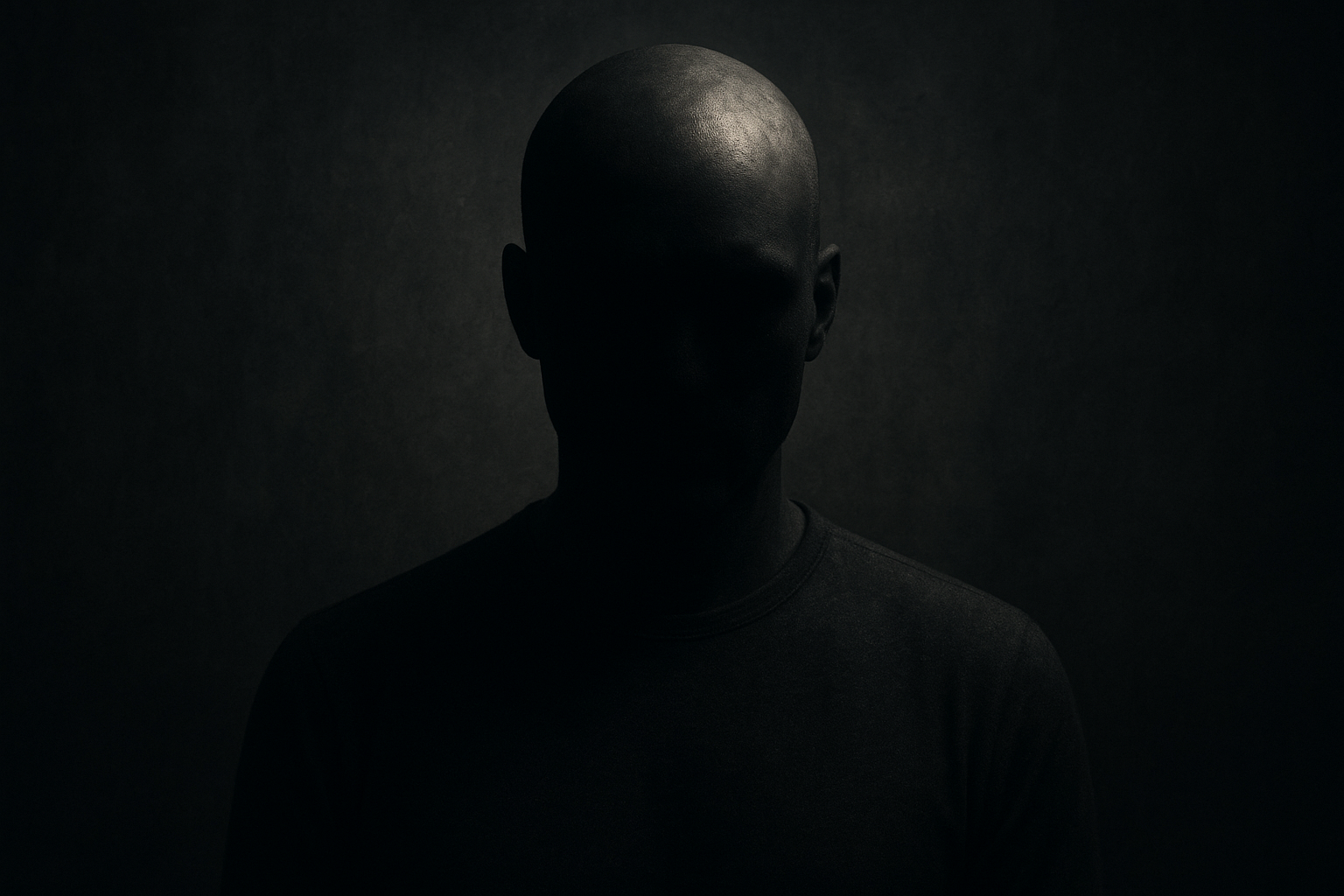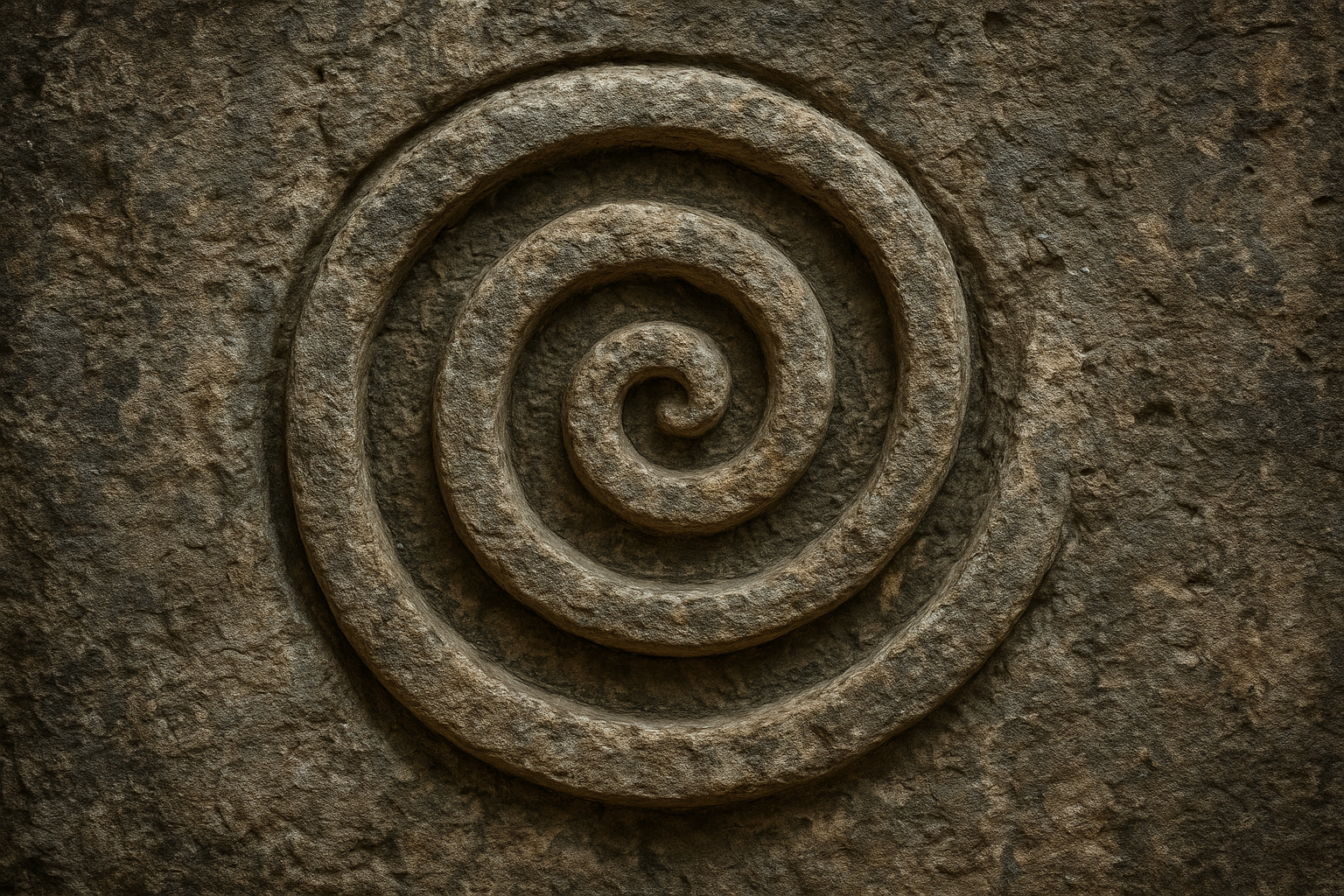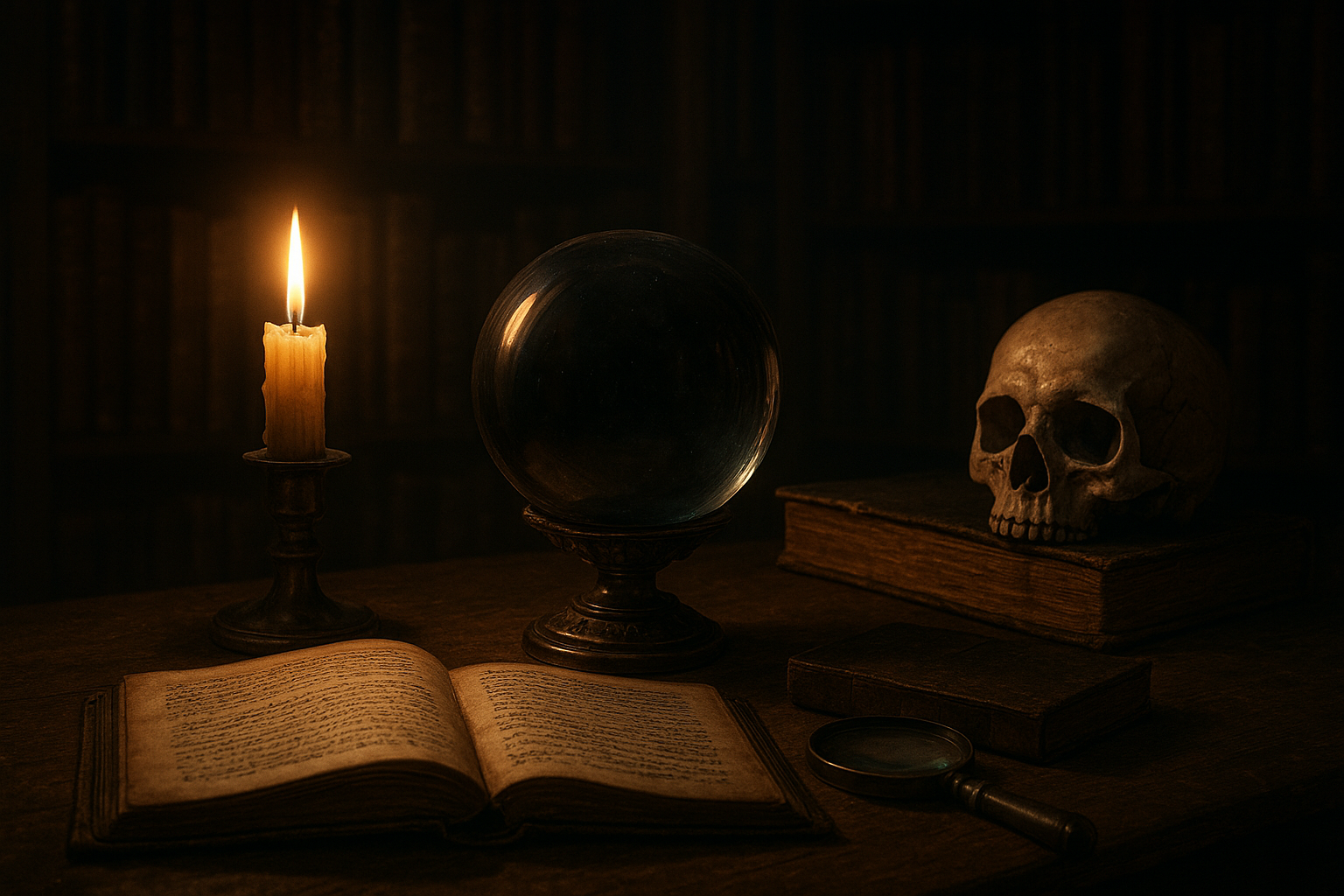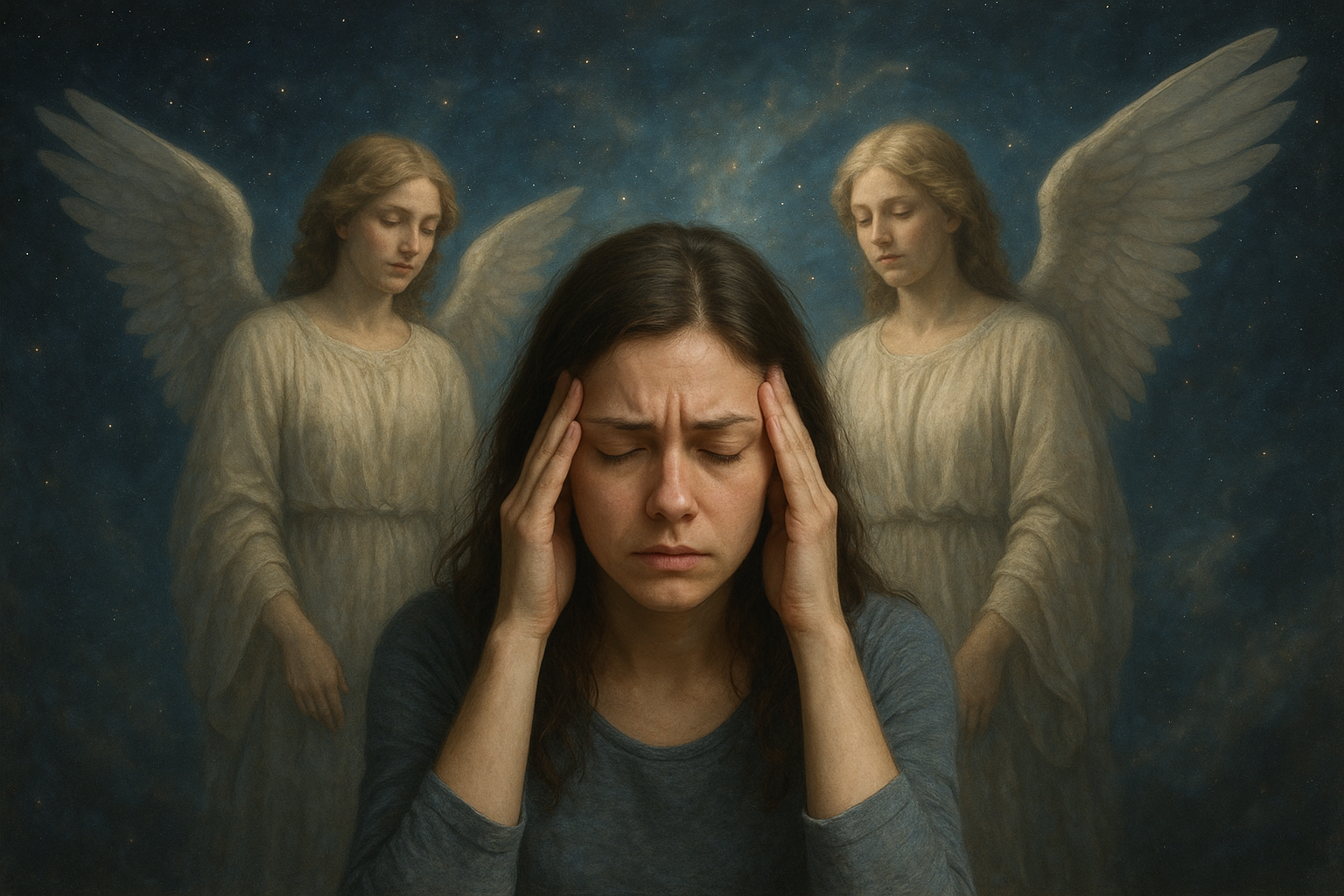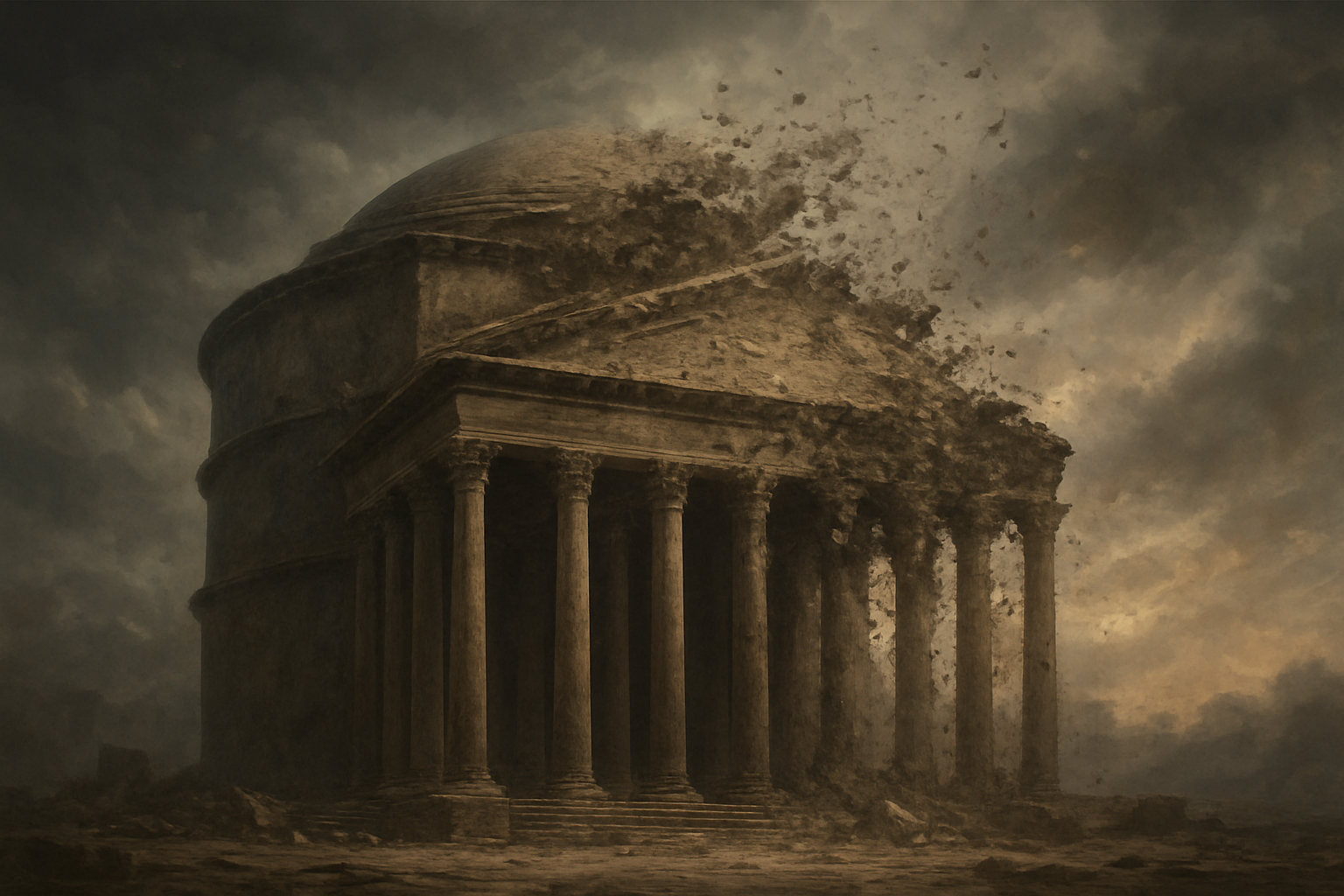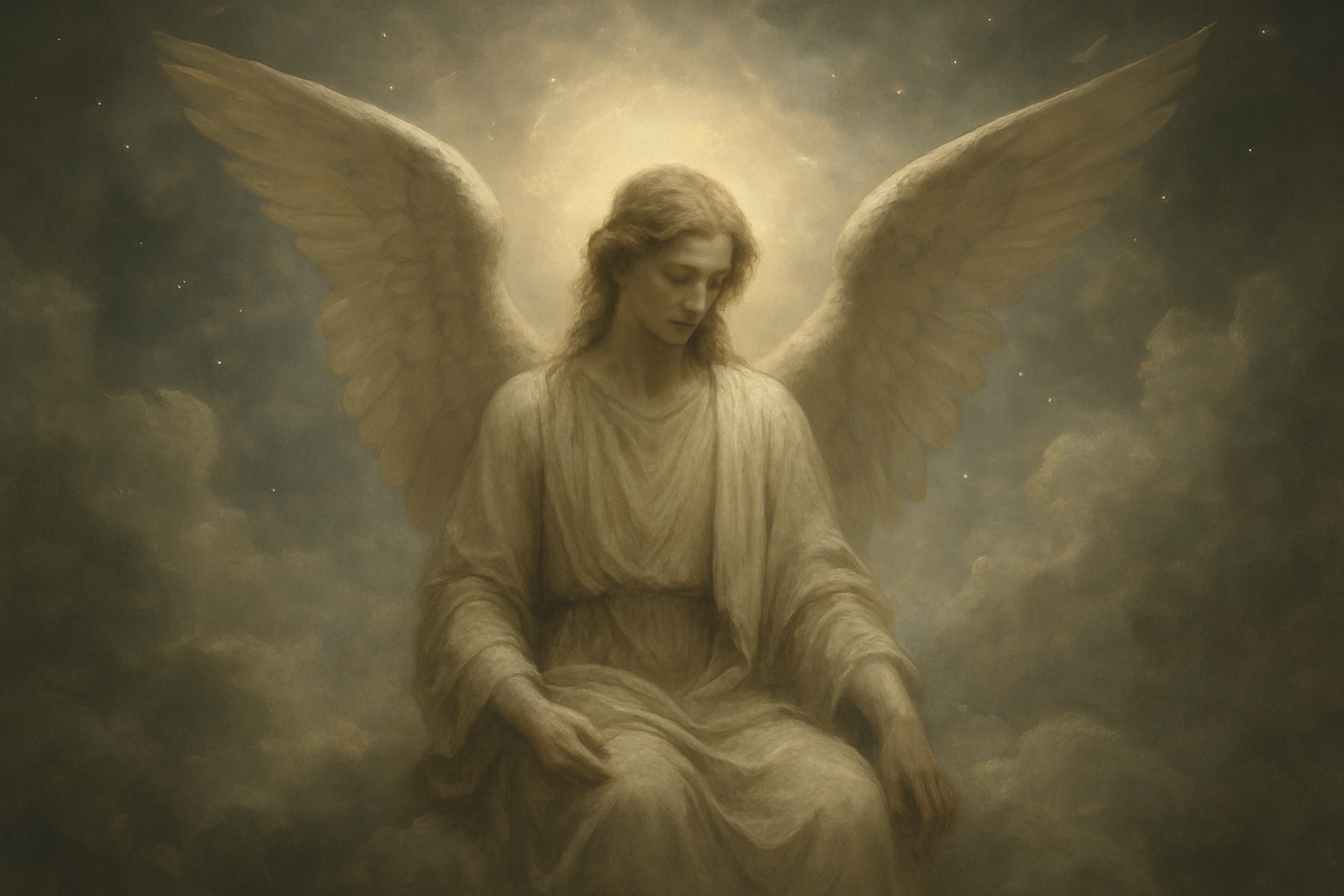Infernal Whispers – Demons in Petit Mort
Within the haunting narrative of Petit Mort, the world of human experiences intersects with the supernatural realm of demons. This sophisticated intertwining not only brings an element of fantastical horror into the narrative but also serves as a powerful metaphor for the emotional and existential struggles faced by the characters.
The Demon as a Metaphor
In Petit Mort, demons aren’t mere antagonistic creatures lurking to ensnare the unwary; instead, they symbolize the internal conflicts and psychological traumas of the characters. This portrayal is evocatively captured in the words of literary critic Jane Doe, who argues that the “demons in Petit Mort transcend their traditional roles to become manifestations of the deepest, darkest facets of the human psyche.”
“In confronting demons, the characters are essentially wrestling with parts of themselves that they fear and fail to understand.” – Jane Doe (Literary Review)
Character Analysis: The Haunting Awareness
- Marianne’s Internal Struggle: Haunted by the demon Luxis, Marianne personifies the theme of guilt and redemption. Her narrative journey reveals not just a battle against an external force but an internal quest for forgiveness and self-acceptance.
- Eric’s Descent: Eric’s interaction with the demon Mortimer serves as a poignant commentary on power and its inevitable corruption. His tale unfolds the tragic irony of succumbing to ambition, with demons symbolizing his inner desires turned monstrous.
The characters, through their encounters with demons, undertake a transformative journey, invariably reflecting on their own fears and desires. The demons, in this context, are more than just threats; they are mirrors to the human condition.
Narrative Techniques and Symbolism
Author John Smith utilizes vivid imagery and allegorical storytelling to bring the demons of Petit Mort to life. The storyline is imbued with rich symbolism, notably seen in the depiction of demons as shadowy forms that blur the line between reality and nightmare. As Smith describes:
“The demons of Petit Mort are crafted not from the stuff of legends, but from the fog of fears that cloud every human heart.” – John Smith (JohnSmithWrites)
This narrative choice serves to deepen the overall thematic exploration of what it means to confront one’s fears. Each demon is carefully designed to embody specific aspects of human emotion, from grief and jealousy to ambition and deceit. In doing so, the story invites readers to ponder the true nature of evil—whether it lies within or beyond the self.
The Role of Setting in Enhancing Horror
Beyond the characters and narrative techniques, the setting of Petit Mort significantly amplifies the horror evoked by the presence of demons. The eerie landscapes and the claustrophobic ambiance of shadowy towns create a sense of inevitable encroachment by the supernatural forces. The setting contributes to a pervasive atmosphere of dread that is palpable throughout the book.
By grounding the supernatural in an environment that is rooted in reality yet tinged with an uncanny otherness, Smith ensures that the demons feel both otherworldly and intimately tied to the world of the characters. This atmospheric tension enhances the psychological horror, drawing readers into a milieu where every whisper might herald a sinister presence.
A Cultural Examination of Demonic Influence
Finally, Petit Mort also serves as a cultural commentary on the role of demons and supernatural beliefs in human history and thought. The novel meticulously examines the symbolism that these figures have held across cultures and epochs, reflecting societal fears and moral lessons.
As folklore expert Emma Lee notes:
“The enduring legacy of demons in literature and culture lies in their dual role as embodiments of chaos and as catalysts for change. They force individuals—and societies—to confront uncomfortable truths.” – Emma Lee (Folklore Studies)
This cultural insight parallels the novel’s thematic depth, suggesting that the demons in Petit Mort are not just fictional constructs but also reflections of how humanity grapples with its own limitations and compulsions.
Conclusion
Petit Mort uses the figure of the demon not only to terrify but also to offer introspection. Through this novel, John Smith challenges readers to consider the demons they carry within—a profound engagement with the essence of fear, guilt, and redemption. In doing so, Petit Mort transcends its genre, becoming a poignant narrative about the human condition and the eternal dance with one’s inner shadows.
